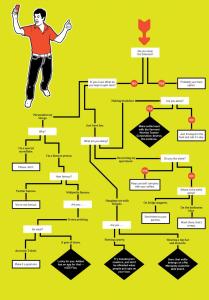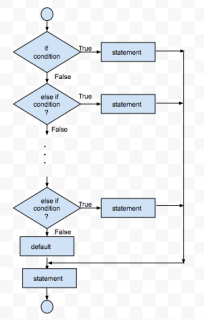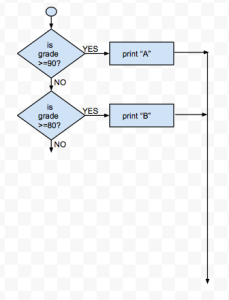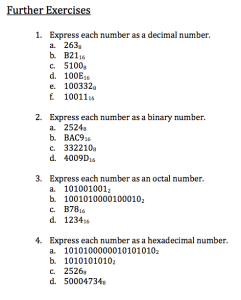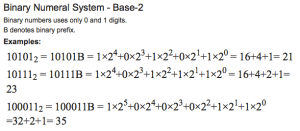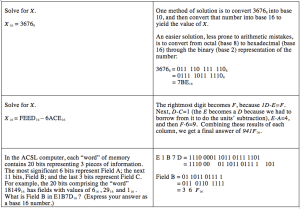Classwork:
CompoundInterest_YI.py: Use a while loop to calculate how many years it would take to have an accumulated total of at least $1,100 at an interest rate of 1.2% when $1,000 is deposited in a savings bank account.
Homework:
CompoundIntTable_YI.py: Use a while loop to show how the investment increases as the accumulated total becomes at least $1,100 at an interest rate of 1.2% when $1,000 is deposited in a savings bank account.
Welcome to THE INVESTMENT TABLE year 1 interest for this year 12.0 total accumulated up to this year 1012.0 year 2 interest for this year 24.144000000000005 total accumulated up to this year 1024.144 year 3 interest for this year 36.433727999999974 total accumulated up to this year 1036.433728 year 4 interest for this year 48.870932735999986 total accumulated up to this year 1048.870932736 year 5 interest for this year 61.45738392883209 total accumulated up to this year 1061.457383928832 year 6 interest for this year 74.19487253597799 total accumulated up to this year 1074.194872535978 year 7 interest for this year 87.08521100640974 total accumulated up to this year 1087.0852110064097 year 8 interest for this year 100.13023353848666 total accumulated up to this year 1100.1302335384867 Number of years for the investment of $1000 to reach at least a value of $1,100 with an interest rate of 1.2% is 8


